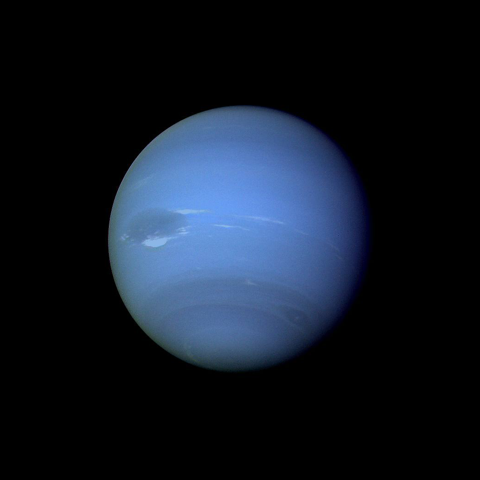Star Guide: Now is time to see Uranus, Neptune
By Tony Berendsen
Billions of years ago in an outer region of a solar nebula, the one we now call the solar system, gravity formed two large planets of gas, ice, and rock, billions of miles from our star the sun. They were different from the other six planets watched for thousands of years by humans along the ecliptic path of the night sky only in the fact that we didn’t know they existed.
Mercury, Venus, Mars, Jupiter and Saturn were always visible to our eyes with no need to discover them among the starry sky. They were the planets (wandering stars), put there for us to ponder and speculate with stories of creation about their purpose. It was the beginnings of scientific astronomical observation using telescopes that two more planets were discovered — Uranus and Neptune.
Uranus had always been within the light gathering grasp of our eyes, but so close to the limit of visibility, and moving so slowly across the night sky, it wasn’t noticed as a planet. In 1781, William Herschel saw what he thought might be a comet through his small reflecting telescope. Other astronomers examined his find, and it became apparent with its circular orbit and distance, it was a new planet. Two years later the Royal Society deemed it to be the seventh planet giving him credit for the discovery of Uranus.

Voyager II visited Neptune and Uranus. Photo/NASA
Neptune, much more distant from the sun, and too dim to see with the unaided eye was discovered because of Uranus. Scientists studying the seventh planet found irregularities in its orbit and wondered if another object further out could be causing what they were seeing.
Astronomical discovery is a combination of observational and theoretical efforts. At times observations require theorists to explain them, and at times the reverse. In the case of Neptune it was theorists speculating there was an eighth planet because of orbital irregularities of Uranus, and it was the observational astronomers proving its existence by finding it where the theorist predicted it would be found.
On Sept. 23, 1846, Johann Gottfried Galle, using coordinates supplied by Urban Le Verrier, found Neptune in the eyepiece of a telescope.
Uranus is 1.8 billion miles from the sun, and Neptune a billion miles farther. Only one spacecraft has visited either of the two planets: Voyager II. The distance to the outer planets is so great it took nine years traveling at 42,000 mph for the spacecraft to get to Uranus and another three years to pass by Neptune and its largest moon Triton in 1989.
If you would like to try to see the two icy giants, this October is a good time. Uranus will be at opposition on the 19th (opposite the sun from the Earth) and Neptune is just past opposition making both of them about as bright as they get.
Both planets can be seen with binoculars, but the best way to see them is through a telescope. If you don’t have a telescope, the ASN (Astronomical Society of Nevada) holds public viewings in Sparks at the Marina. I’m sure they would be happy to let you take a peek at Uranus and Neptune. Information about the ASN and public viewings can be found online. http://www.astronomynv.org/
Tony Berendsen runs Tahoe Star Tours. He may be reached at 775.232.0844 or tony@tahoestartours.com.